G
Greenhorn
Guest
Guess this question goes here... Been doing storm damage work the last two days and it had kinda humbled me as to my saw skills. Trying to find out the best way to relieve pressure when one tree is leaning into the next and you are piecing it out. I mostly notch the topside and then nip away at the backside until pressure was relieved. Timing being critical to avoid snatching the saw or throwing the chain. Even stump cuts on already split trunks the wood was trying to grab chains and acting nasty. That coupled with chipping knarly hackberry with my whisper made for fun days - paid good though. Dangerous friggin work - damaged trees in other trees. Get to remove healthy trees for a change tomorrow.




 .
.